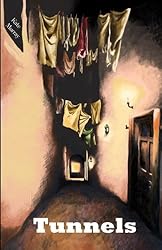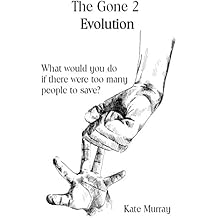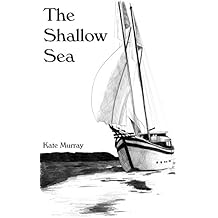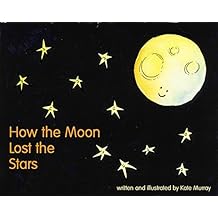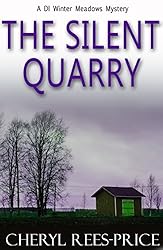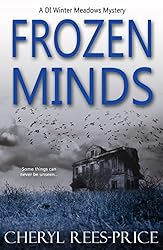Over the last few weeks and through the next month or so, I’ll be posting interviews with the authors and poets who will be taking part in our Book Fair: http://www.narberthbookfair.co.uk/.
There are forty of us so, obviously, there are many genres for both adults and children. There will be talks an writing and books, creative writing workshops for adults and fun workshops for children, activities for the children and a fun book trail through Narberth, the gorgeous little market town in Pembrokeshire.
All free!!
And, of course, there will be the chance to chat with all the authors and to pick their brains on all aspects of writing. Even to buy their books and have them personally signed.
And, as usual, there will also be the writing competition: this year is a poetry competition: Submit a poem, in any form, of 20 lines or less, on the subject of : –
BOOKS AND READING.
Having outgrown our previous venue we have been lucky to hire the Queens Hall: https://www.thequeenshall.org.uk/ who have been very generous in their support of the event.
Although, five years ago, I started organising the book fairs on my own I was soon joined by Alex Martin: http://amzn.to/2hZCgt2 and Thorne Moore: http://bit.ly/2rc5qyA. Unfortunately Alex has moved on to pastures new (although is still a great supporter), so Thorne and I have been joined by Elizabeth Sleight. Elizabeth is involved in the charity we are supporting through our raffle; The Harriet Davis Seaside Holiday Trust For Disabled Children: http://bit.ly/2sNyeKQ .
Today I’m really pleased to be chatting with Sara Gethin

Please tell us, Sara,What do you love most about writing?
I love the creativity of writing and the way it connects you with others. It’s wonderful to be able to make up a story in your own little corner of the world and then know that someone miles away will read it and feel something. That’s what I love most about writing – and the fact that you can do it sitting down.
What book that you have read has most influenced your life?
If you’d asked me that question seven years ago, I’d have said ‘The Lion, the Witch and the Wardrobe’, which was the first book I truly fell in love with. Or ‘Wuthering Heights’, which we read for our O’Levels, and which taught impressionable girls like me that falling in love with a complete rogue was a wonderfully romantic idea.
But now I would have to say, without a doubt, that the book which has most influenced my life is ‘Room’ by Emma Donoghue. She published it in 2010, and it was the first novel for adults I’d read that was written from a five-year-old’s viewpoint. It was hugely important to me, as I’d been writing my own book with a five-year-old’s viewpoint since 2001, and I never believed it could be published. ‘Room’ gave me hope that one day I might find a publisher for it. And this year my novel ‘Not Thomas’ was published by Honno.

Are your characters based on real people or did they all come entirely from your imagination?
I used to teach in quite disadvantaged areas and Tomos, the little boy who’s the central character in ‘Not Thomas’, is based on a number of children I taught over the years. None of them had a story quite as awful as his, although some came close, but plenty suffered badly from neglect. I think it’s hard to imagine the lives of these children if you’ve never come into contact with them.
What do you think makes a good story?
I think a good story draws you in and makes you think like the person you’re reading about. Sometimes I find myself so taken with a book that I begin to talk in my head (do I mean think? I’m not sure!) just like the protagonist. When that happens, I know I truly love that book.
How many books have you written? Which is your favourite?
I’ve written three children’s books as Wendy White, all with a Welsh dimension, and a novel for adults. My favourite is ‘Not Thomas’, which is my adult novel, although my first children’s book, ‘Welsh Cakes and Custard’ comes a close second, because it won me the Tir na-n’Og Award in 2014.



What genre do you consider your books? Have you considered writing in any other genre?
‘Not Thomas’ is one of those books that fails to neatly fall into a genre, so it comes under the banner of ‘Contemporary Fiction’. I’ve tried writing short stories for women’s magazines in the past, and even started writing about a detective many years ago. I love reading detective novels – Ian Rankin is my all-time favourite – but I don’t think writing crime is my strong-point.
Could you tell us a bit about your most recent book and why it’s a must read?
I think I might let others decide whether it’s a must read or not, but Not Thomas is about a five-year-old boy called Tomos who’s been taken away from his beloved foster father and sent to live with his mum who’s hiding a drug addiction. She badly neglects Tomos, and we follow him from Christmas to Easter, seeing life through his eyes as he tells his own story.
What is your favourite part of the book?
The section called ‘Not Remembering’ where he’s having conversations with his supply teacher in her car. It’s a part of the story where all the threads begin pulling together and hopefully start making sense for the reader. And there’s one line in that section that, even though I must have read it a thousand times by now, still makes me cry.
How long did it take you to write Not Thomas?
Fourteen years. I’m not exaggerating. I began it as part of my coursework for a creative writing class and just kept writing more and more stories about Tomos in a random order. I had the whole novel outlined in my head – the very last line was almost the first thing I wrote – and the last scene I wrote immediately after writing the first one. But I didn’t pull the whole thing together and put the plot in until after I’d read Emma Donoghue’s ‘Room’. That was when I began working on it seriously.
If you could spend time with a character from your book who would it be? And what would you do during that day?
Without a doubt it would be Tomos and I’d take him wherever he wanted to go – he’d probably ask to go to the zoo, and he’d want Dat to come too.
Do you have any hidden or uncommon talents?
I used to be a very good sprinter. I may still be a good sprinter – who knows?! (I’m not about to investigate.) I used to win all the races in school and then, when I grew up, on Sports Day I would win the teachers’ races and mothers’ races too. It’s a talent that might come in handy if I’m ever faced with a charging elephant.
What would you say is your interesting writing quirk?
The fact that I don’t actually like writing. I guess I’d better qualify that – I don’t like the particular point where I’ve got the story all straight in my head, and it’s perfect and wonderful and the best story I’ve ever imagined, and then I have to physically start putting it down on paper.
It’s at that point I discover whether the story I’ve been imagining for a year or more has a real chance of existing outside my head, or whether my ‘perfect’ novel idea is just a load of drivel. Scary.
What do you like to do when you’re not writing?
I read, read, read. And I browse book shops – I could do that all day. I love going to the theatre, especially when I’m in Dublin – there’s so much culture in Ireland, you’re thoroughly spoilt for choice. I love walking too.
What is the most amusing thing that has ever happened to you?
I was roped in at the very last moment to play the piano in a school concert when I worked in Bracknell.
I had to learn all the East End favourites – ‘Roll Out the Barrow’ and ‘My Old Man Said Follow the Van’, you know the sort of thing. I was like Les Dawson (no apologies if you’re too young to remember who he was!) and played one wrong note for every five correct ones. The teachers and parents were weak by the end of it.
And to cap it all, they’d arranged for a child to present me with a huge bunch of flowers to thank me for stepping in at the last minute. I had to walk out to the centre of the stage to collect them. Mind you, we were all laughing so much by that point, I didn’t care.
Give a random fact about yourself.
When I was seven, I was chased by Kevin Allen (the lesser known actor / director brother of actor Keith Allen) into a large clump of stinging nettles. I’ve never forgiven him.





![Finding Max by [Jorgensen, Darren]](https://images-eu.ssl-images-amazon.com/images/I/51yPY8Yt-jL.jpg)




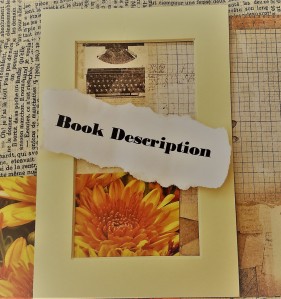

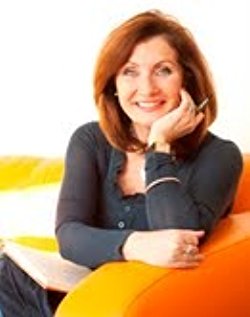








![The House With Old Furniture by [Lewis, Helen]](https://images-eu.ssl-images-amazon.com/images/I/516vhrSY2jL.jpg)






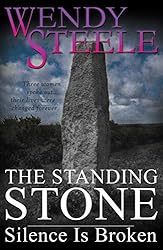
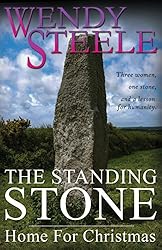










![Glimpses by [Roberts, Hugh W.]](https://images-eu.ssl-images-amazon.com/images/I/5120Pud4DmL.jpg)
 Throughout this months I ’ll be posting interviews with the authors and poets who will be taking part in our Book Fair:
Throughout this months I ’ll be posting interviews with the authors and poets who will be taking part in our Book Fair: 
